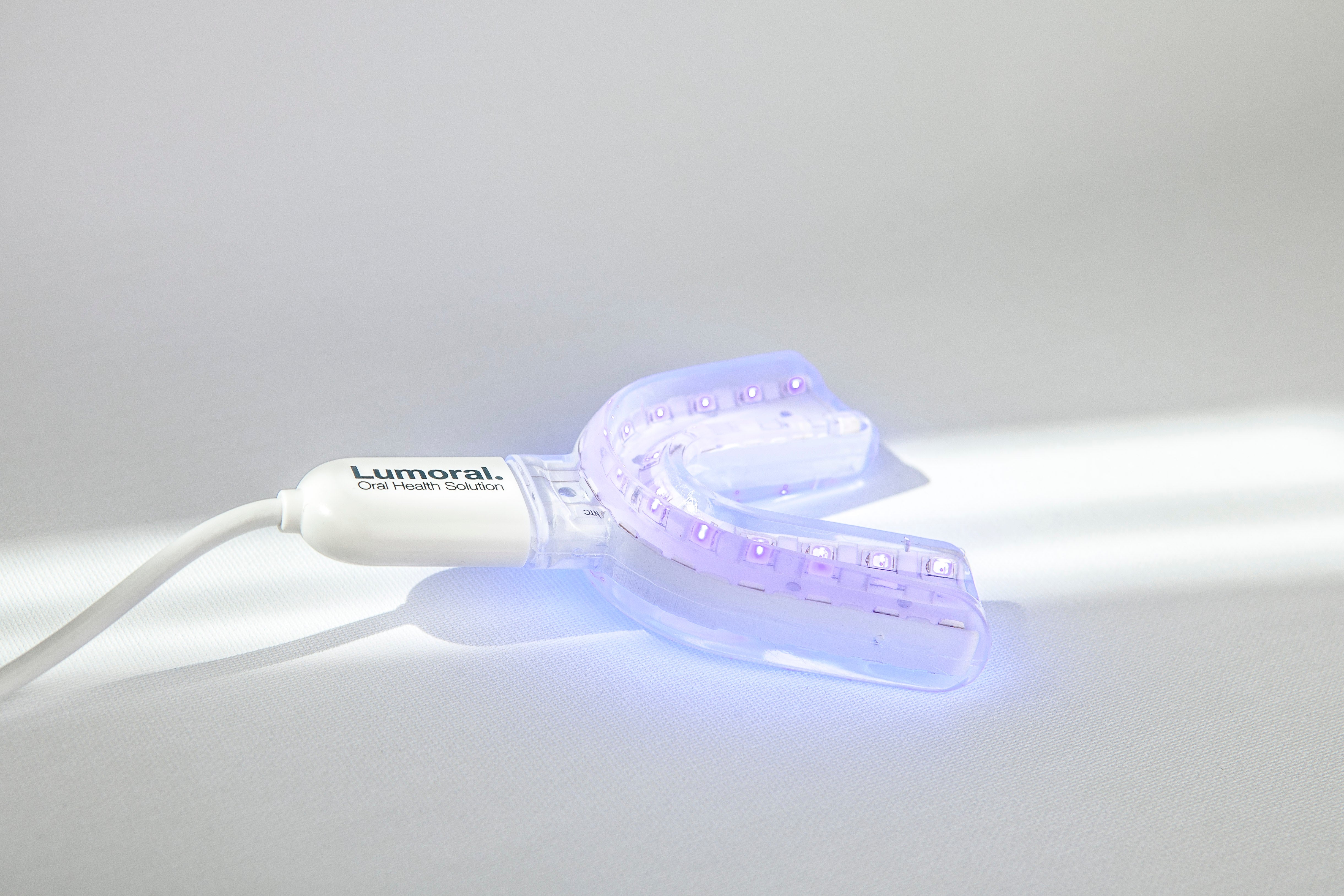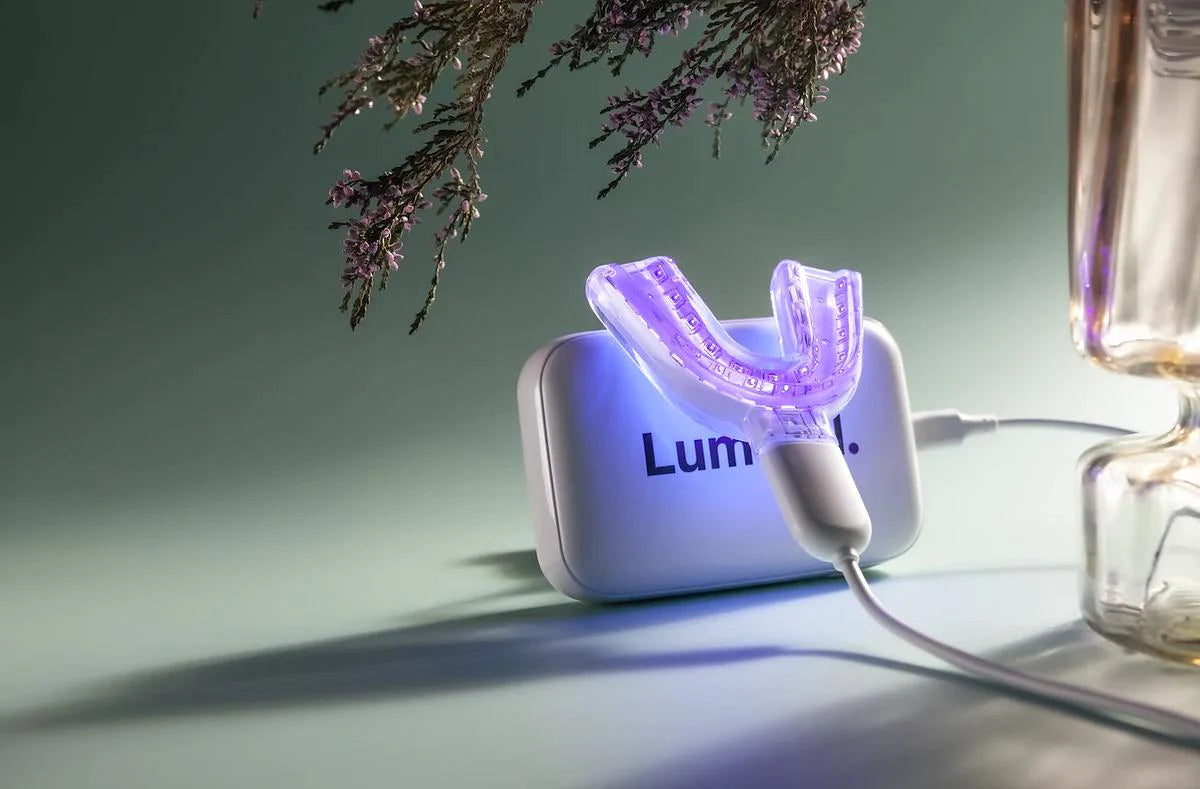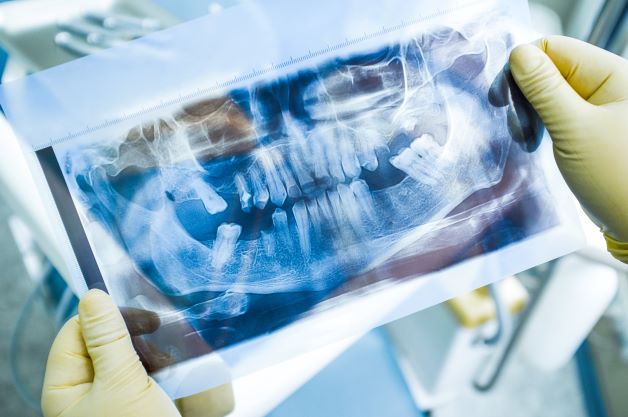- All posts
- 8 Media Venture
- althetics
- aMMP8
- Annimari Korte
- Antibiotic resistance
- Apotek Härtat
- Aqua Dental
- athlete
- Award
- Baltics
- Bonnier
- Bonnier News
- Brain health
- Business
- Cancer
- cardiovascular disease
- caries
- Chemo therapy
- children
- collaboration agreement
- Croatia
- Denmark
- Denta
- Dental erosion
- Dentex
- diabetes
- Dual Light
- Duodecim
- EFP
- EFR
- Estonia
- EuroPerio
- event
- Expodental
- FIBO
- fund raising
- general health
- Gingivitis
- Gum disease
- HAP
- HealthHub Pharma
- HIDES
- Hospital infections
- hospital-acquired pneumonia
- IBD
- Iceland
- IDS COLOGNE
- implantology
- invest
- investment
- italy
- Koite Health
- Latvia
- Lithuania
- lumoral
- Lumoral App
- Lumoral Junior
- Maritime industry
- Media
- MegaGen
- Movie
- News
- Nordic markets
- Nordics
- O
- Olympics
- Oral health
- Oral hygiene
- Oral mucositis
- Patent
- PDT
- peri-implantitis
- Perio Master Clinic
- Periodontitis
- periodontology
- Photodynamic therapy
- Press
- Ranking
- Romania
- Scandinavian Society of Periodontology
- Science
- Seafarer
- Seedtable
- share issue
- Shareissue
- Siblings movie
- Spain
- spots
- Stroke
- Study
- sweden
- Tartar
- techtour
- Thailand
- UK
- United States
- Valentine's Day
- WHO
- World Cancer Day
- World Health Day
- World Heart Day
- world oral health day
- World Smile Day

Koite Health Expands to Latvia with Lumoral® Partnership with Estonia's ProImplant
Finnish health technology company Koite Health Oy has signed a Lumoral distribution agreement with ProImplant OÜ, an Estonian company that specializes in supplying dental surgeons and implantologis...

HealthHub Pharma to Distribute Lumoral in Poland's Growing Preventive Dental Market
Finnish health technology company Koite Health Oy has signed a distribution agreement with Polish company HealthHub Pharma for its Lumoral oral health enhancing method. The partnership, which comme...

Lumoral: Significant steps in antibacterial oral care research
The Finnish oral care innovation Lumoral is of great interest to the academic world, and several new Lumoral studies have been launched in recent months. Koite Health Ltd’s Clinical Project Manager...

Treatment of Periodontitis in Smoking Patients with the Lumoral Method
(This article is based on the writing of dentist Viktoria Ljutkina, published in the largest dental medicine periodical in Estonia, Ajakiri Hambaarst. Ljutkina works as a dentist at Läänemere Hamba...

Finnish health technology company Koite Health Oy has signed a distribution accord in March with Medshop OÜ, an Estonian distributor of premium quality dentistry products such as implantology and t...